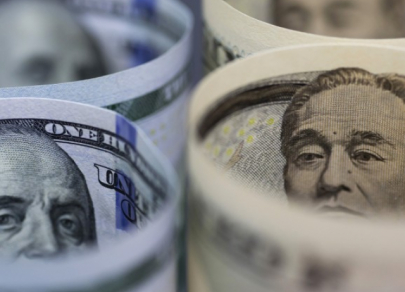FX.co ★ 7 interesting facts about JPY
7 interesting facts about JPY
Rin and sen
The Japanese yen (the international symbol is ¥ or JPY) has a long history. It was previously divided into the sen and the rin. At the beginning of the 20th century, 1 yen equaled 100 sen and 1,000 rin. In 1954, the sen and the rin were no longer in circulation due to the JPY devaluation. The Small Currency Disposition and Fractional Rounding in Payments Act demonetized coins lower than one yen in value.
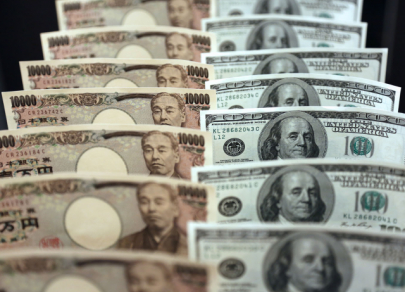
From Tokugawa coinage to monetary reforms
Between 1603 and 1869, Japan had a unique monetary system - Tokugawa coinage. According to the previous laws, local feudal lords had the right to mint their own coins. This monetary system lasted throughout the Tokugawa period, with 1,694 types of coins in circulation, preventing Japan’s economic development. By 1868, the country undertook large-scale political and economic reforms that laid the foundation for its industrial strength. Japan needed a common currency. In 1871, in the wake of monetary reforms, the yen was established as Japan’s national currency. The coin got its name due to its perfectly round shape (the word “yen” in Japanese means “circle” or “round object). The yen entered circulation in 1869 in the form of silver and gold coins.
Photo: 1 yen (1897)
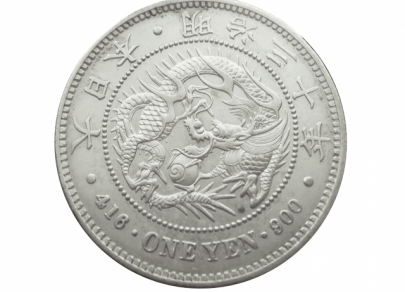
Gold standard
In 1869, Japan adopted the gold standard, with 1 yen corresponding to 1.5 g of pure gold. The gold standard system was abandoned in 1933. The yen was pegged to the US dollar for the first time in 1939 ($1 = ¥4.2675). Japan joined the Bretton Woods system, an international system of payments, in 1949. In 1953, the gold standard was adjusted and the yen was fixed at 2.5 mg of pure gold. Later, JPY received the status of the world reserve currency. The history of the modern yen began in 1953 when it was recognized by the IMF. Since 1973, JPY has no longer been pegged to the greenback.
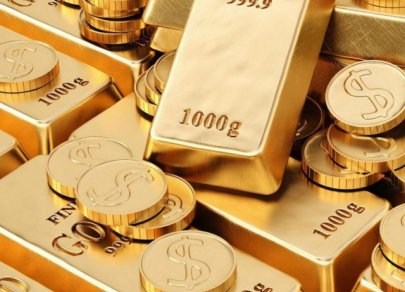
Samurai equanimity and JPY’s high resilience
The Japanese yen is considered one of the most stable currencies in the world. Many investors turn to the yen as a safe-haven asset. Its ability to strengthen during times of global financial upheaval attracts market participants. Notably, between 1949 and April 2020, the currency went through several cycles of growth versus the greenback. As a result, its value soared to ¥107 from ¥360 versus the dollar. In the post-war period, the Japanese economy started to expand and shifted its focus to international trade, thus boosting its national currency. Japan is one of the world’s largest exporters of cars, equipment, electronics, and high-quality components.

Obverse and reverse: fusion of philosophy and mysticism
Nowadays, banknotes in circulation are ¥1,000, ¥2,000, ¥5,000, and ¥10,000, as well as coins ¥500, ¥100, ¥50, ¥5, and ¥1. The coins feature images that associate with philosophical and religious trends in Japan. The obverse of the ¥10,000 banknote shows Yukichi Fukuzawa, a 19th-century philosopher and educator. On the reverse, there is the Phoneix bird of Byodo-In Temple. The Bank of Japan is the sole bank that issues the yen. The state owns a 55% stake in the institution, while the other 45% are divided among shareholders without any voting rights. The bank's management is appointed by Japan’s government.
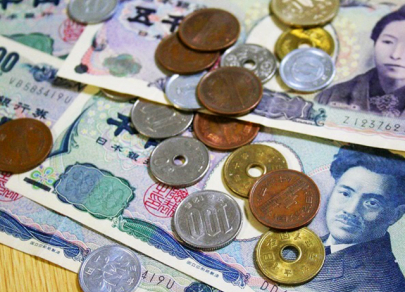
JPY’s place in international payment system
The Japanese yen is one of the currencies eligible for CLS settlements. Continuous Linked Settlement (CLS) is an international system that provides settlement services to its members in the foreign exchange market. The institution recognized the yen as a key reserve currency along with the US dollar. The yen had been in the lead in terms of global trading volumes and its stake in foreign exchange reserves held by other world powers before the euro appeared. Currently, its stake in foreign exchange reserves totals 3.3%.
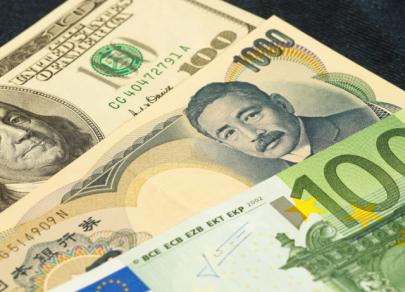
Floating exchange rate
The JPY exchange rate versus other currencies is determined by trading in the global FX market. The yen’s dependence on demand and supply makes it a floating currency. In the 1970s, the IMF made a decision to float the exchange rates of major international currencies. A floating exchange rate is one of the fundamental principles of the Jamaican monetary system. Being a low-yielding currency, JPY is in demand among market participants who make a profit from the difference in the interest rates of traded currencies - carry trade. As a key reserve asset, JPY is in demand when being sold, which makes it a highly-volatile instrument and contributes to higher profits.
